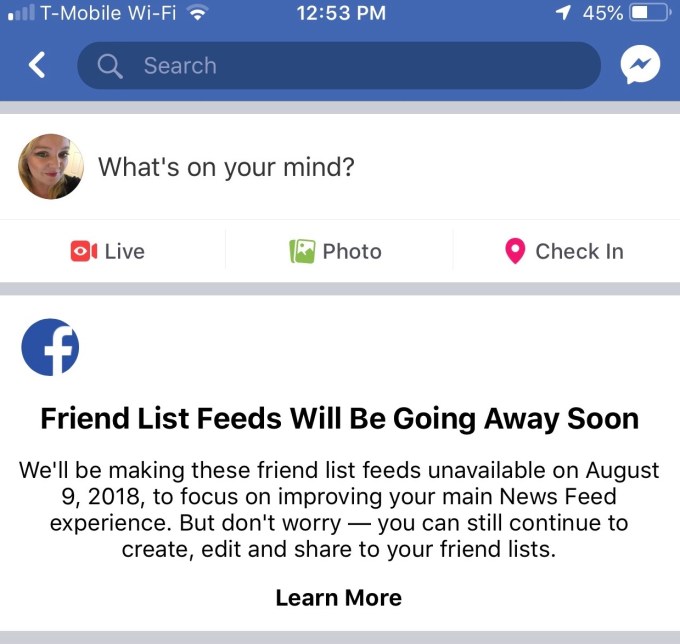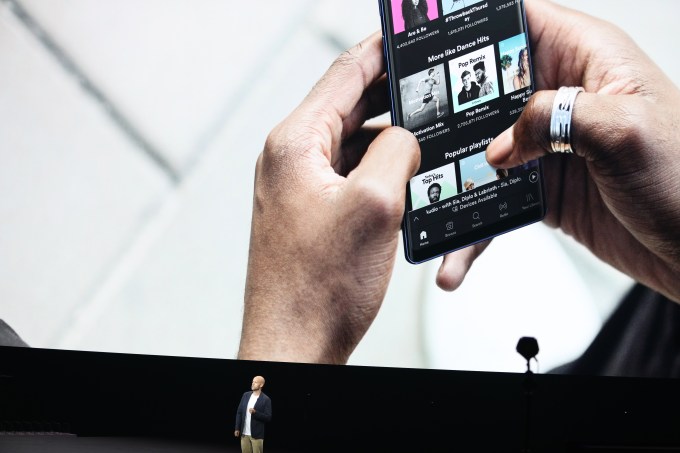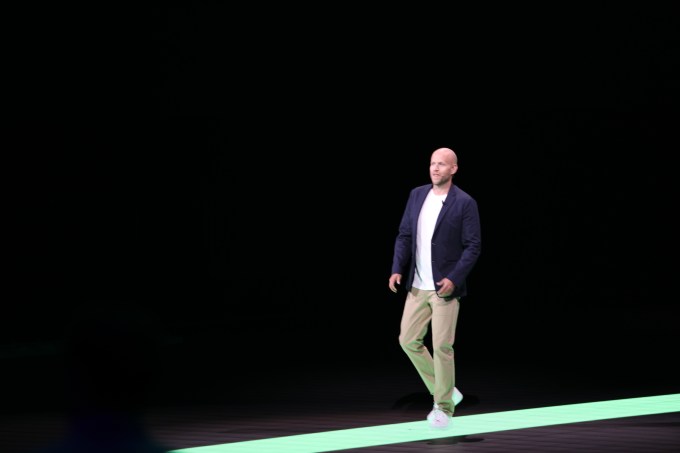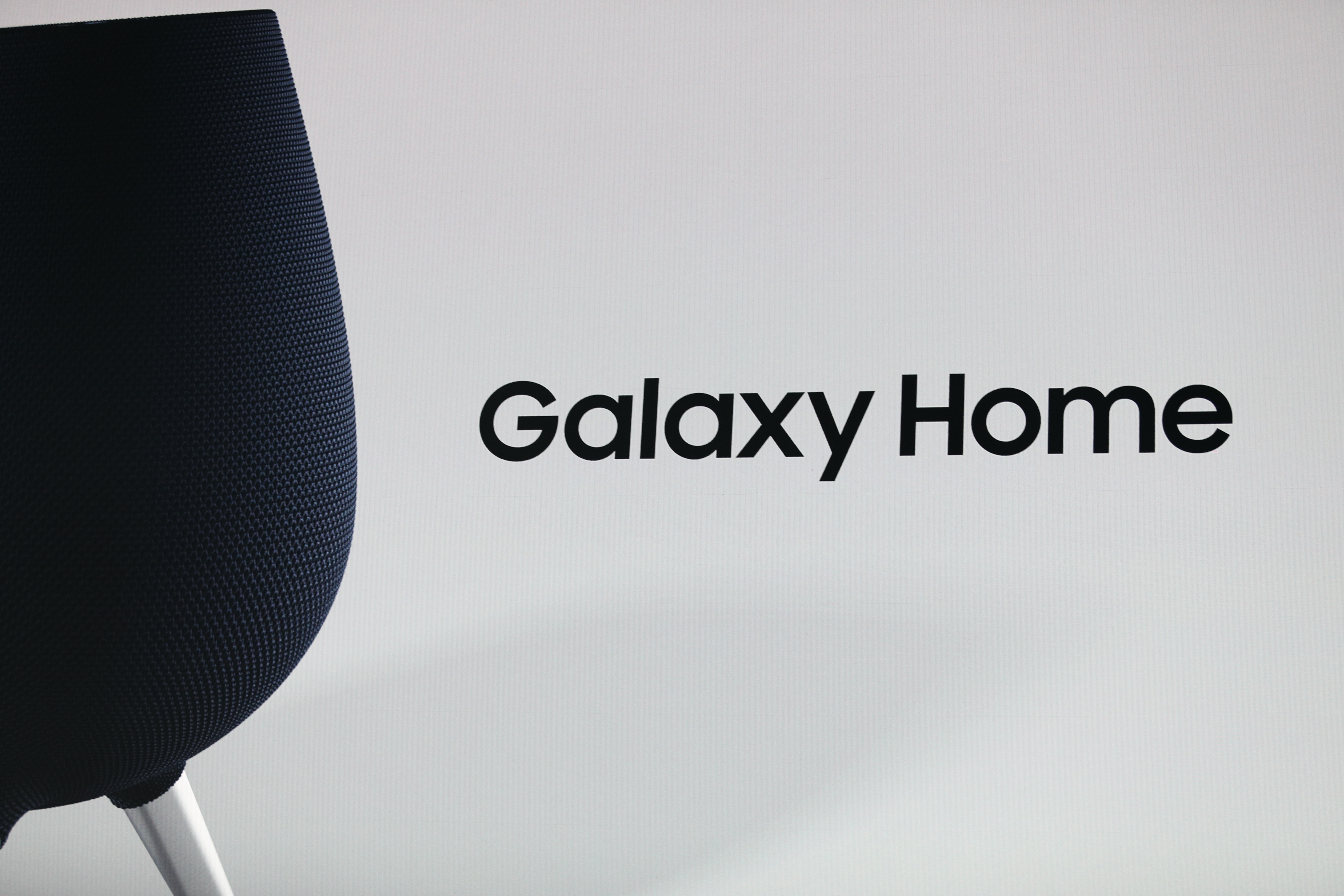Blissfully, a New York City startup that helps companies understand their SaaS usage inside their organizations, announced it has received a $3.5 million seed round.
The investment was led by Hummer Winblad Venture Partners. Hubspot, Founder Collective, and several unnamed pre-seed investors also participated. They got a $1.5 million pre-seed investment, bringing the total so far to $5 million, according the company.
Company co-founder and CEO Ariel Diaz says Blissfully actually helped him and his co-founder solve a problem they were having tracking the SaaS usage at their previous startups. Like many companies, they were using spreadsheets to track this information and they found it was untenable as the company grew beyond 30 or 40 people. They figured there had to be a better way, so they built one.
Their product is much more than simply a database of the SaaS products in use inside an organization. It can integrate with existing company systems like single sign-on tools such as Okta and OneLogIn, financial reporting systems and G Suite login information. “We are trying to automate as much of the data collection as possible to discover what you’re using, who’s using it and how much you are spending,” he said.
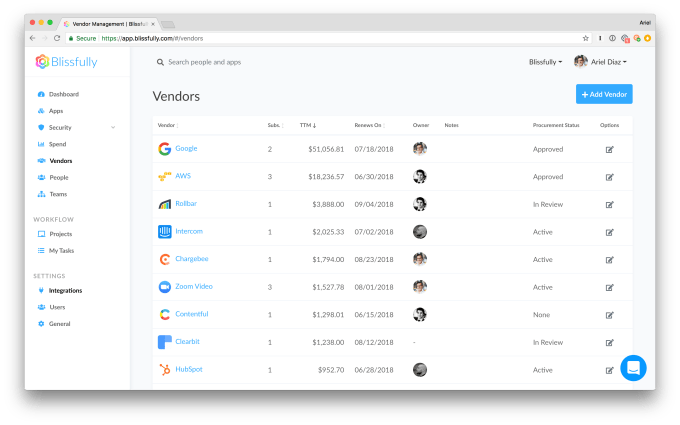
Blissfully SaaS report. Screenshot: Blissfully
Their scans often turn up products customers thought they had canceled or those that IT had asked employees to stop using. More than finding Shadow IT, the product also gives insight to overall SaaS spend, which many companies have trouble getting a grip on. They can find most usage with a scan. Some data such as customized contract information may have to be manually entered into the system, he says.
Hubspot CEO Brian Halligan, whose company is one of the investors in this round, sees a growing need for this kind of tool. “The widespread growth of SaaS across companies of all sizes is a leading indicator of the market need for Blissfully. As business’ investments in SaaS increase, they lose visibility into issues ranging from spending to security,” Halligan said in a statement.
The company offers a freemium and pay model and is available in the G Suite Marketplace. If you go for the free version, you can scan your systems for SaaS usage, but if you want to do more complex integrations with company systems, you have to pay. They currently have 10 employees and 500 customers with a mix of paying and free.
One interesting aspect of the Blissfully tool is that it is built entirely using Serverless architecture on AWS Lambda.

